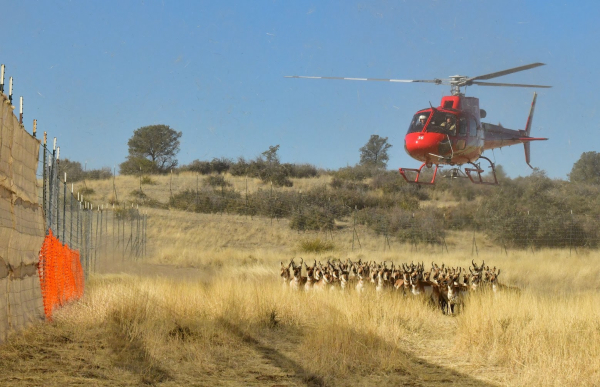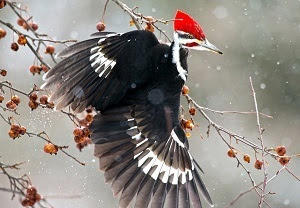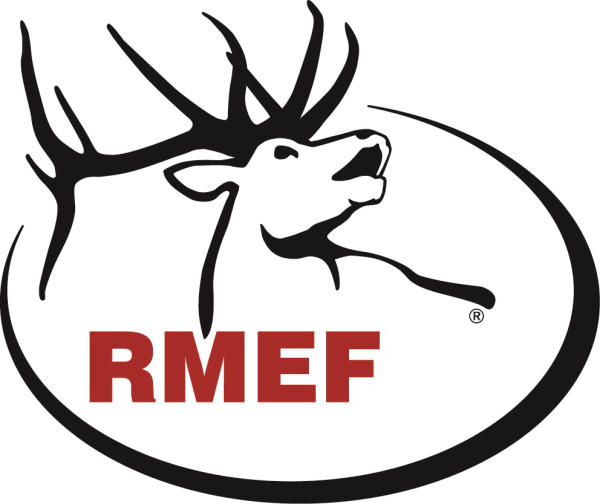By Glen Wunderlich
The Quality Deer Management Association (QDMA) has compiled its annual “State of the Whitetail” report based on data gathered from the whitetails’ range across North America and what follows is a snapshot of how Michigan stacks up to other states. Keep in mind that the information cited is from hunting seasons from 2017/2018 and prior and not the most recent seasons just completed.
For the 2019 Whitetail Report, QDMA compared harvest data from the three most recent seasons available: 2015-16, 2016-17, and 2017-18.
Beginning with disease reports, Bovine tuberculosis (bTB) is a bacterial infection of the respiratory system. Bovine TB is a chronic, progressive disease that can take years to develop. There is no vaccine. Prior to 1994, only eight wild white-tailed deer and mule deer were reported with bTB. Since then, it has been discovered in Indiana, Michigan, Minnesota, Montana and Wisconsin. With the exception of Michigan, bTB appears to be eradicated in the other states. As of late November 2018, over 21,000 samples had been tested in Michigan with five new positive cases that year. As you may know, the DNR had established two additional short deer seasons in Alpena County to mitigate the spread of this disease.
In October 2018 Michigan DNR discovered its first case of Chronic Wasting Disease (CWD) in the Upper Peninsula, just four miles from the border of Wisconsin. Additionally, two bucks suspected to be CWD-positive were harvested in late November in Gratiot and Eaton counties, where CWD has not previously been found.
Across the U.S. motorists killed over 1.33 million deer in 2017-18; that’s a whopping 22 percent of the deer harvest! Michigan continued its bang-up job contributing some 87,959 whitetails to the roadside tally putting it in second place behind Pennsylvania’s staggering total of 141,777. For another perspective, Michigan drivers killed .34 deer per road mile. Based on these dismal figures, Michigan should consider lowering the cost of antlerless deer licenses below the current amounts – especially in CWD Management Zones – if it ever wants to get serious about minimizing vehicle/deer collisions. And, the result of more antlerless deer being taken will have delivered the desired effect to minimize the spread of CWD.
Bowhunting opportunity and harvest has dramatically increased during the past two decades. In 2002, only 15 percent of the total deer harvest was taken with archery equipment, and that increased to 23 percent in 2017; amazingly, New Jersey archers took nearly 60 percent of its total deer harvest.
Michigan hunters took 311,000 whitetails with 5.5 hunters per square (PSM) mile behind only Pennsylvania’s total of 339,600 with its 7.6 hunters PSM. This puts Michigan nearly three times the national average of bucks taken PSM!
Michigan’s antlered buck harvest is up 14 percent over its five-year average with a total of 226,656 bucks taken in 2017. Compared to the previous year alone (2016), the total was over 30,000 more bucks taken. However, when analyzing the composition of the bucks taken by age class, Michigan’s propensity to kill adolescent bucks (those 1.5 years old) at the rate of 46 percent of the total bucks killed continues. In addition, with only 22 percent of the bucks taken having been 3.5 years old or older, Michigan has the fifth lowest number in the country. Not surprisingly, there appears to be a correlation between these age-class totals.
The antlerless deer kill figures represent a five-percent decrease over the previous five-year average, although 2017 saw 5,000 more antlerless deer taken than the previous year. What’s most concerning about the antlerless kill numbers is the fact that some 24 percent of these animals were fawns! Either our hunters are hungrier than those in other states or we could certainly do a better job of identifying our intended targets.
One final statistic seems to be in order: the number of non-resident deer hunters participating in Michigan deer hunts. A scant two percent of our hunters were from other states putting us behind all but North Dakota’s one percent. Compared to the leader in this category – Kansas with its 27 percent non-resident tags issued – Michigan with its sheer deer-herd numbers has not been a desirable destination for out-of-state whitetail hunters and it’s not because we don’t have deer.
So, there you have it – the good, the bad and the ugly. Michigan can do a better job of deer management whether it’s on behalf of the DNR’s policies or that of its army of hunters.







